Enemy of the people
See: ‘An Enemy of the People,’ a play by Henrik Ibsen.
The term enemy of the people is a fluid designation referring to political or class opponents of the group using the term, sometimes including former allies. Its usage is derogatory and meant to imply that the "enemies" have conspired against society as a whole.
The term "enemy of the people" has an extensive history. Its earliest use may have been by the Roman Empire, where the senate used the term to apply to the Emperor Nero as a pretext for his arrest (he committed suicide).
Since that time, many groups have used the phrase, including the Jacobins during the radical phase of the French Revolution (the Reign of Terror), and most notably and famously by the Soviet Union and other Communist countries.
Soviet Union
The Soviet Union made extensive use of the term (Russian language: враг народа, "vrag naroda"), as it fit in well with the idea that the people were in control.
Indeed, so great a number of people were labeled with the term that most modern connotations of the phrase associate it with communism. It was in official use under the Bolsheviks' rule after the October Revolution.
Other similar terms were in use as well:
enemy of the workers
enemy of the proletariat
class enemy.
The term "enemy of the workers" was formalized in the Article 58 (RSFSR Penal Code).
At various times these terms were applied, in particular, to the Romanov’s, all aristocrats, the bourgeoisie, clerics (and in Cambodia, anyone who wore glasses), the intelligentsia, business entrepreneurs, kulaks, monarchists, Mensheviks, Esers, Buddhists, Bundists, Christians, Trotskyists, Bukharinists, the "old Bolsheviks", the army and police, emigrants, immigrants, saboteurs, wreckers (?), "social parasites" "tuneyadtsy"), Kavezhedists (people who administered and serviced the ‘KVZhD’ (China Far East Railway), particularly the Russian population of Harbin, China), those considered bourgeois nationalists (notably Ukrainian, Lithuanian, Latvian, Estonian nationalists, Zionists, Basmachi), and members of certain ethnic groups (see Population transfer: Soviet Union), and anybody who loved freedom and liberty.
An enemy of the people could be imprisoned, expelled or executed, and his property could be confiscated. Close relatives of enemies of the people were branded "relatives of an enemy of the people," which effected restrictions of their rights.
Any family members of the victim still enjoying their freedom were not allowed to hold positions of importance, and only in exceptional cases would they be tolerated as members of the Communist Party of the Soviet Union, the key to advancement in the Soviet hierarchy. Being a friend of an enemy of the people automatically placed the person under suspicion.
A significant fraction of the enemies of the people were given this label not because of their hostile actions against the workers' and peasants' state, but simply because of their social origin or actions before the revolution: those who used hired labor, high-ranking clergy, former policemen, merchants, etc.
They were commonly known as lishentsy, derived from Russian word ‘deprivation,’ because by the Soviet Constitution they were deprived of their rights of voting. This automatically translated into a deprivation of various social benefits, some of them, e.g., rationing, were at times critical for survival.
Since 1927, Article 20 of the Common Part of the penal code that listed possible "measures of social defence" had the following item 20a: "declaration to be an enemy of the workers with deprivation of the union republic citizenship and hence of the USSR citizenship, with obligatory expulsion from its territory". Nevertheless most "enemies of the people" suffered labor camps, rather than expulsion.
In 1927, the penal code of the Soviet Union was changed drastically. The update of the penal code turned the country into a police state, full of informants, who were derogatorily called stukach (literally "knocker").
According to Article 58 (RSFSR Penal Code), everyone was obligated to report all "anti-Soviet activity", including any expression of disagreement with the policy of the Party, even in casual jokes.
This policy resulted in significant growth of Gulag camp populations as those who failed to report their relatives or friends were often themselves reported on. State-sponsored propaganda and mandatory (officially voluntary) participation in the Pioneer Movement helped to indoctrinate Soviet youth to follow the example of Pavlik Morozov, a young boy who reported his own father, a kulak.
July 20, 1953 TIME magazine cover: "Lavrenty Beria: Enemy of the people.” One might wonder why there were so many enemies of workers left, seemingly contrary to the initial claims of Bolsheviks that the opponents of the proletariat were crushed as a class in the Soviet Union. This was handily explained by Stalinist doctrine, which included the "theory of the aggravation of class struggle under socialism".
The theory postulated that class struggle grows more intense during the dictatorship of the proletariat, thus requiring more extreme measures.
After 1937, the ranks of the "enemies of the people" were expanded to include those labeled as Traitor of Motherland Family Members. The extreme treatment of opponents is one of numerous reasons why the Soviet regime is often considered authoritarian or described as even totalitarian.
For further reading, see:
Nicolas Werth, The Black Book of Communism: Crimes, Terror, Repression, Harvard University Press, 1999, hardcover, 856 pages, ISBN 0674076087
Subscribe to:
Post Comments (Atom)




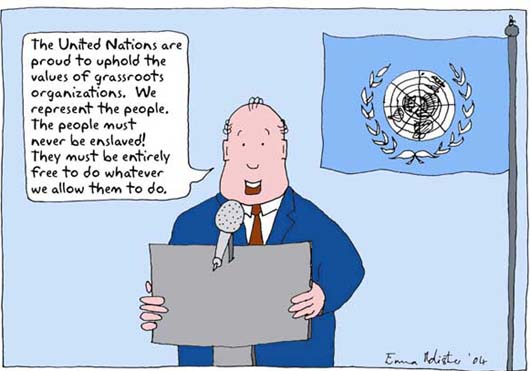
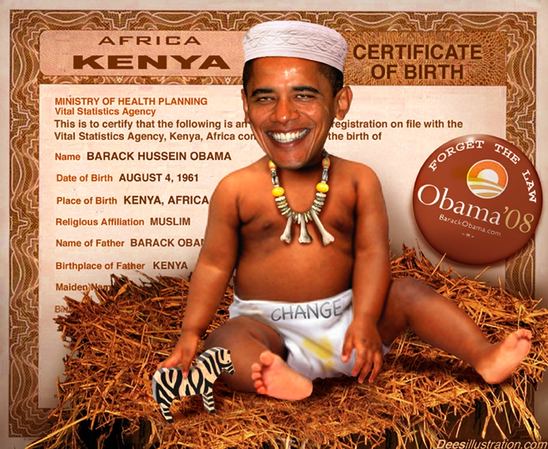
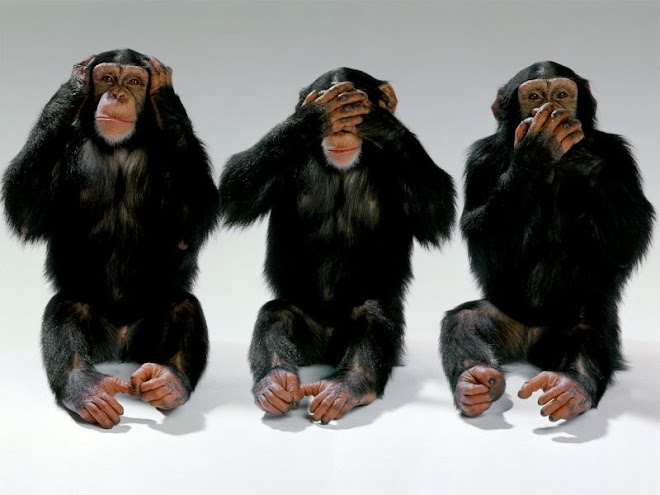


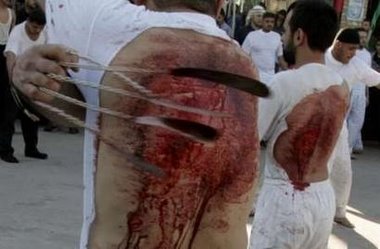



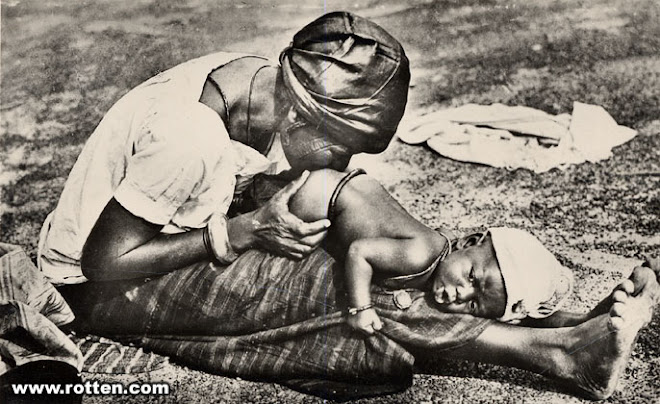

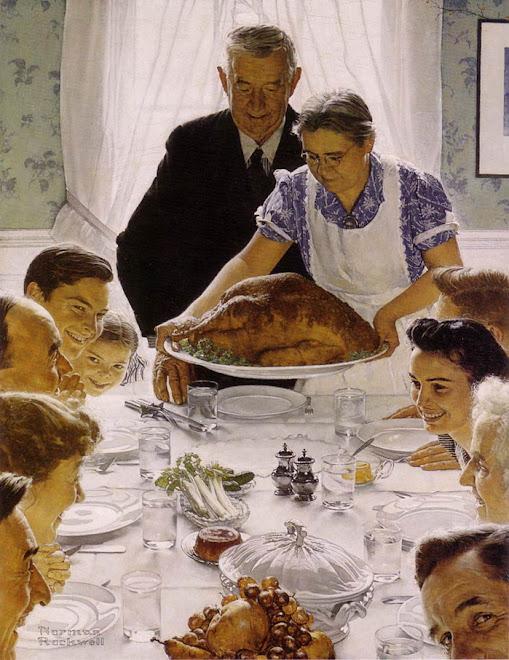

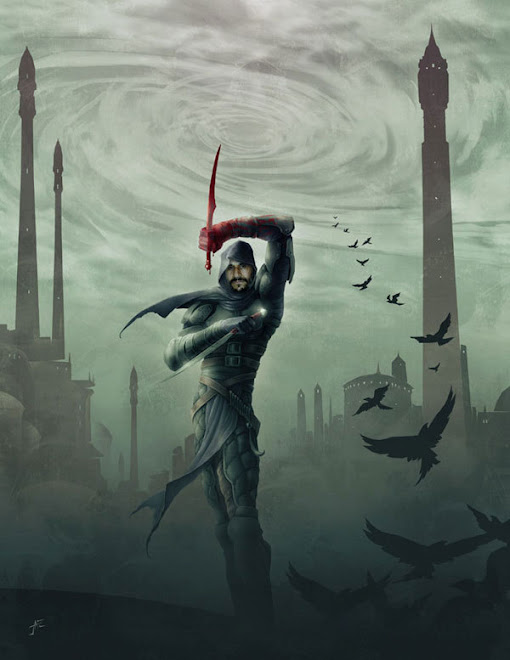


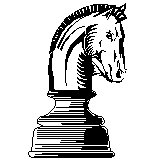

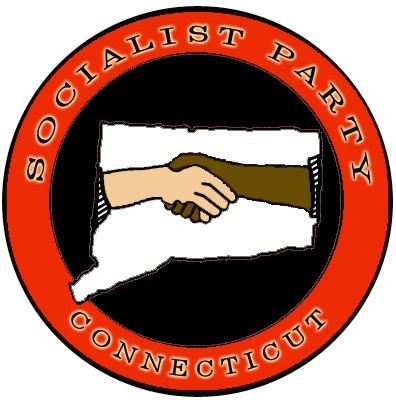






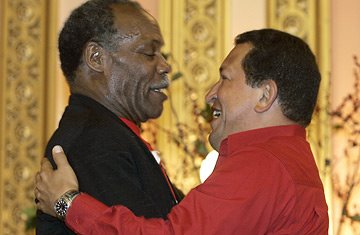

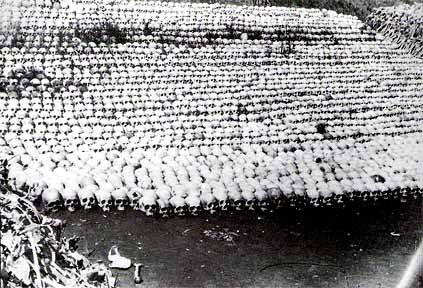
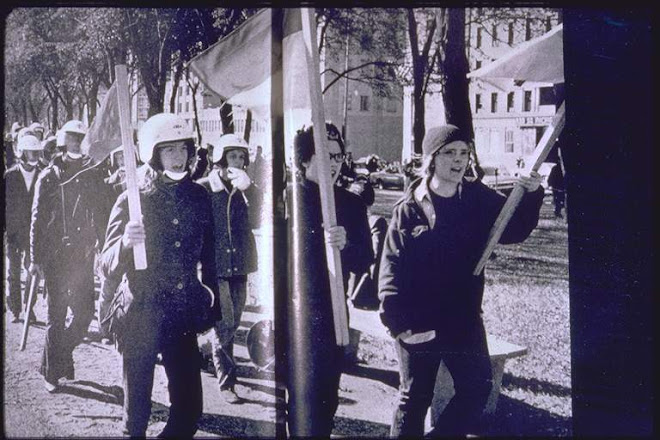
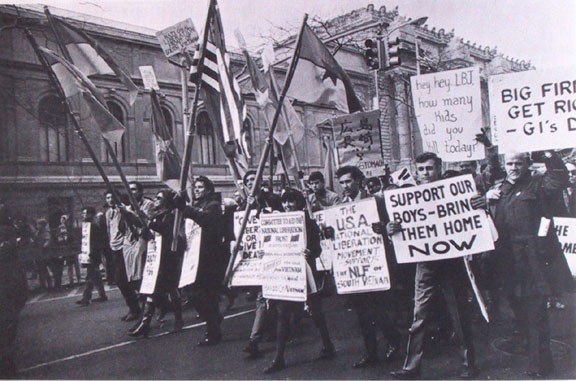
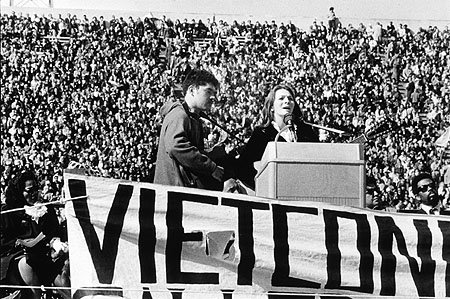


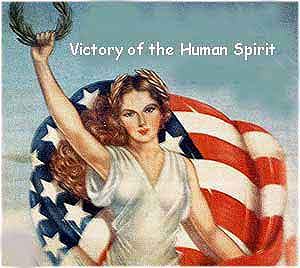
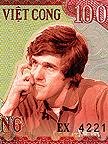

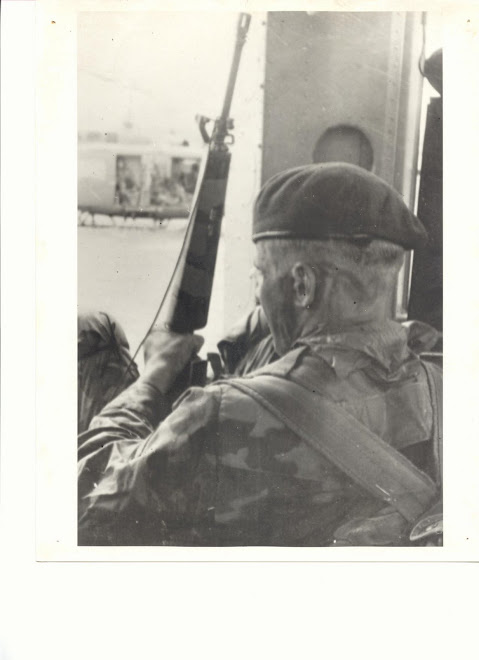
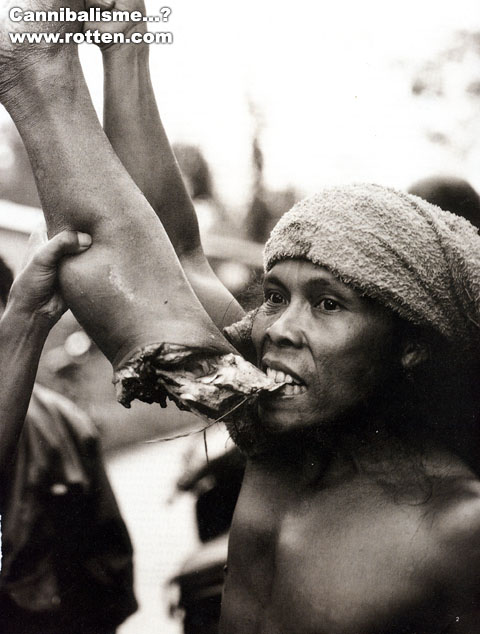





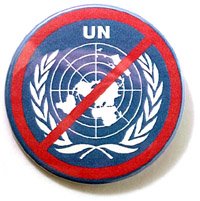



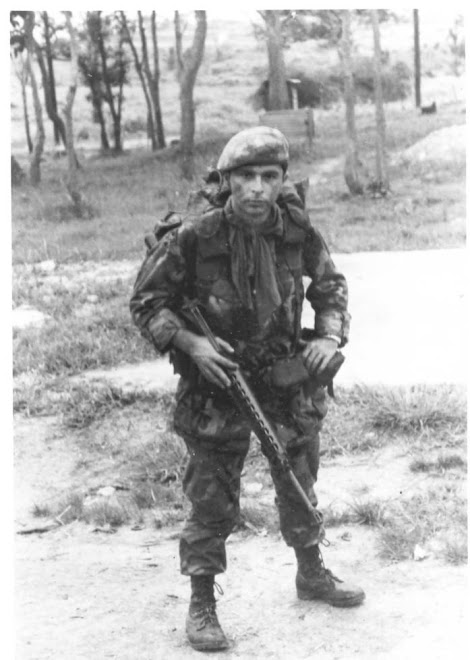
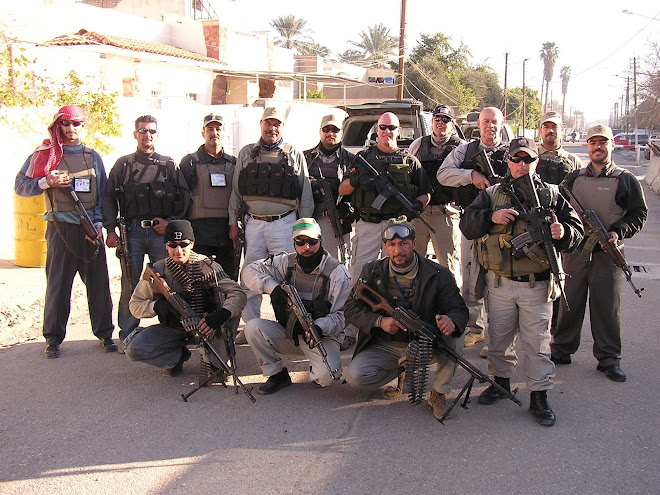
No comments:
Post a Comment